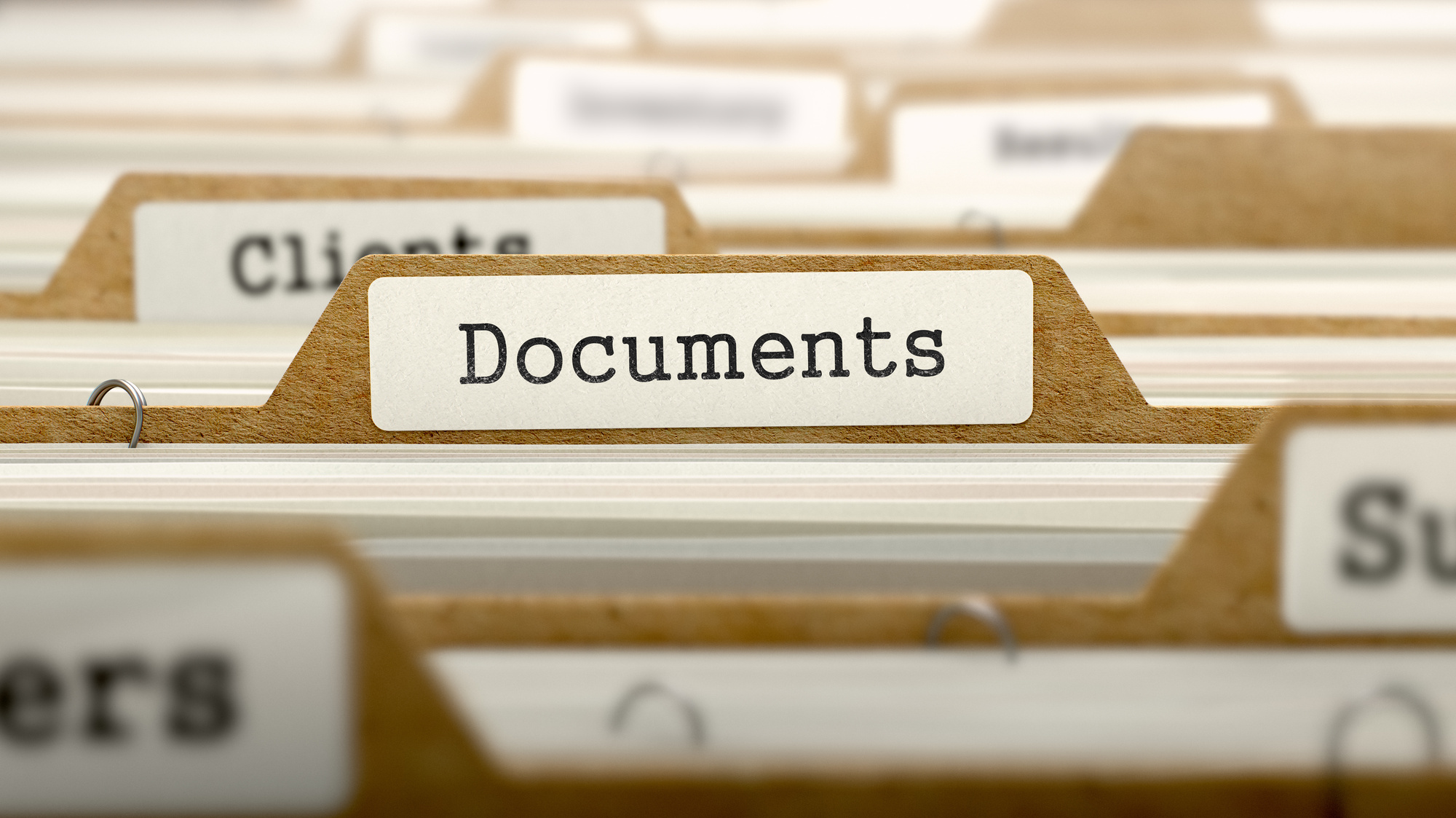Simple message service texts can be sent to two different kinds of phone numbers. From the standpoint of end-users, they offer an almost identical experience and have no real difference between them. The choice of which kind to use will mostly involve taking a closer look at your existing customer service operations.
Using Short SMS Codes
Short-style text messaging codes come with some major advantages that have made them quite popular with those who are trying to increase the level of engagement they enjoy with their customers. They’re easy to remember and vanity codes can be used to spell out words that might help people recall what business is associated with a specific number. This is important for those who plan on putting their codes up on billboards or signs, since it’s likely that motorists wouldn’t be able to write something down when they’re trundling past in their cars.
End-users can send a text to a short code the same exact way that they would with any other phone number. Their wireless carrier’s central office switching equipment will sort out any differences and make sure that their text goes to the right location. Outgoing messages can be sent from these shorter phone numbers without any difficulty as well. That makes them ideal for use with any public-facing marketing campaign. If your organization has a dedicated customer service or press department, then you might want to consider assigning them short codes as well.
Conventional Long Telephone Numbers
In theory, short text message codes are essentially abbreviated versions of conventional phone numbers. Some customers might not be comfortable with them simply because they’re so used to texting their friends by tapping a directory listing in their contacts app. Firms can still use conventional longer codes as well as short ones to process incoming text messages.
Due to the principle of cross-platform number portability, firms can actually set up a routing system where multiple codes all reach the same location. You’ll get everyone’s text messages all routed to a single place. Considering that some people might be a little reluctant to pay to lease a short code, they might only want to use a conventional number to begin with. Costs have plummeted as a result of wide adoption, however, so there’s no reason why people should be reluctant to use both types of technologies side-by-side.
Shared short text messaging codes used to be popular, but they’re off the table now. Too many questionable organizations were using them for spam-related purposes. However, a new type of code has come into play that’s become something of a tertiary choice compared to these two other options.
The Growth of 10-Digit Long Codes
So-called 10DLC codes sit somewhere between traditional phone numbers and short text messaging lines. As their name suggests, they only have ten individual digits in them and they don’t require users to specify an area code when they text them.
Though the lease agreements for these kinds of numbers aren’t as low as the ones for shared codes, they’re still extremely reasonable and should prove agreeable for even the smallest organizations. Most deals should actually prove competitive with nearly every other type of communications service that a business would normally invest in.
Like other types of text messaging codes, 10DLC numbers can be used for both incoming and outgoing messages. Since all of these technologies are compatible to a point, the choice of platform may actually be more important than the specific type of code in use.
Most organizations will want to work with a text messaging service that allows them to send out messages from any device that they’re on. This would free customer service representatives to text people from the same personal computers that they use to send out email and check social media posts.
When picking out what kind of code to use for your organization, consider the potential customers that you’re trying to reach. Motorists might respond best to short text message numbers, while those who need support may expect a longer code. Once you have everyone’s needs spelled out, you’ll be in a great position to figure out which number would work best for each individual department.







